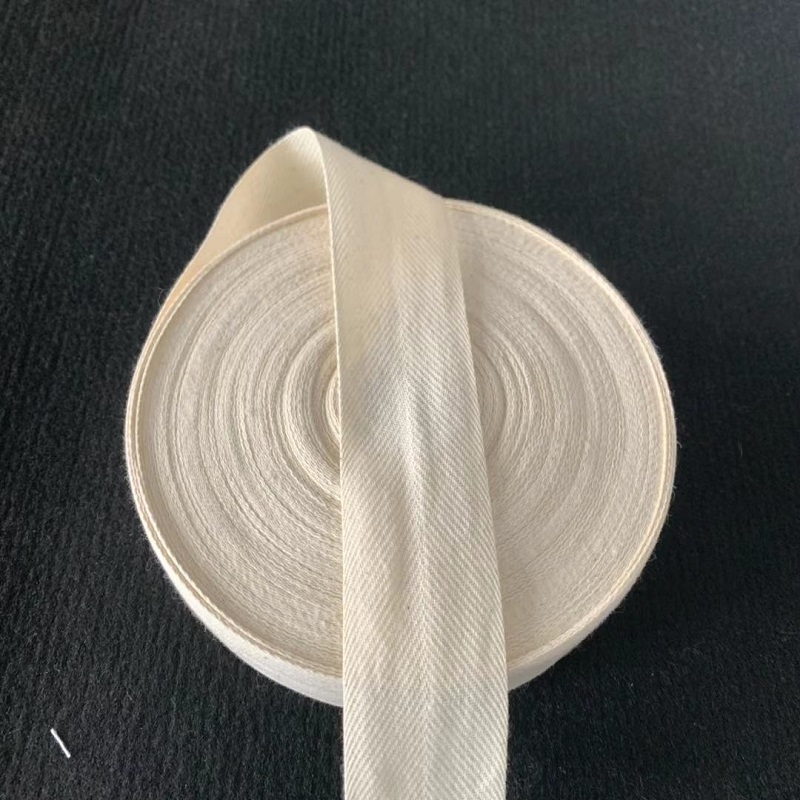Woven (woven) is interwoven with warp and weft. After twisting, the yarn is warped into a package (pan head), and the weft yarn is shaken into a bobbin, which is woven on the loom. In the 1930s, it was used for hand looms and iron wood looms. In the early 1960s, the 1511 loom was converted into a belt loom, which is still widely used. Due to the small width of the belt, the weaving methods are different, ranging from single, double, dozens of pieces, from single layer to double layer.
In 1967, the research group of shuttleless weaving belt in the textile industry, with workers as the main body, successfully designed and manufactured a high-speed single shuttleless loom by itself, which realized that the weaving belt does not need shuttles, and the process is shortened, the floor area is small, and the labor productivity is improved.
In the 1970s, due to the promotion of continuous dyeing and ironing machines for ribbons, the processing of colored ribbons developed from the traditional process of dyeing before weaving to weaving before dyeing, weaving before bleaching, ironing after treatment, and the ribbon technology entered the ranks of mechanized mass production. In the early 1980s, the industry introduced high-speed shuttleless loom, ironing machine, wrapping machine, warping machine, etc. from Switzerland, Italy and the Federal Republic of Germany, and the ribbon technology entered a new stage of development.
The progress of webbing technology has brought about the upgrading of products. In 1979, the domestic trial production of SD9-9 rubber ingot belt was successful, which ended the history of rubber ingot belt products relying on imports. In 1980, SD-81A and B rubber ingot belts were developed, which are soft, light, thin, firm, with small elongation, small impact force, short and flat joints. At the beginning of 1990, the trial production of car seat belts for Santana cars was successful. After more than two years of research and trial production, the product quality reached QC49-92 and TL-VW470 standards.


